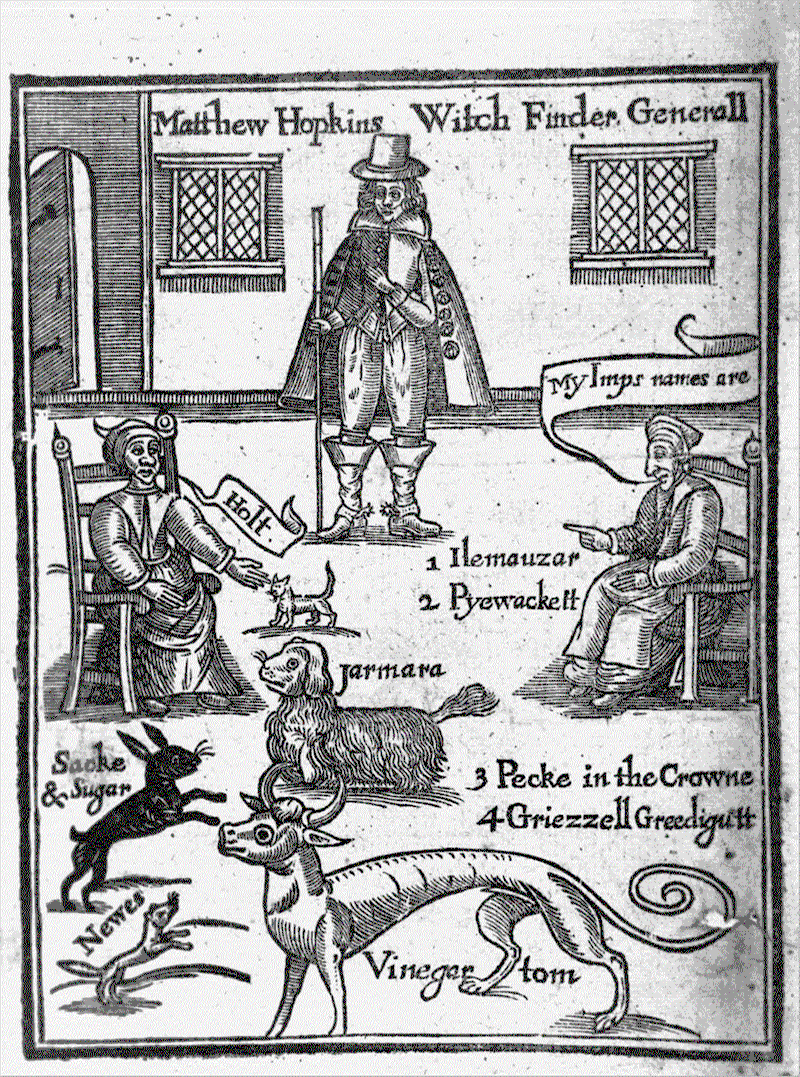[1]Magickally, salt is used as an element of protection. It is also use as a cleansing tool and conductor of energy. But is salt truly an element? Scientifically speaking, salt is a compound sodium chloride, but for our purposes we refer to it as an essential element of our magickal practice.
In show business, it is said one is a triple threat if one can sing, act, and dance. Salt is a triple threat of the magicakal world, crossing over all three areas of culinary, medicinal, and magicakal realms.
From the Roman Catholic rite of preparing holy water to the native Indian customs of using salt to draw away harmful spirits, many belief systems, world over, have used salt both as a purifier and to repel evil. In some traditions and practices, it is used on the altar to represent the element of earth and in other practices it is thought to represent the water element because of its origins in the sea.
Looking into the mythology of salt, from Finland, we learn that Ukko, the mighty god of the sky, struck fire in the heavens, a spark from which descending was received by the waves and became salt. The Chinese honor an idol, Phelo, a mythological personage whom they believe to have been the one to discover salt and the originator of its use. From the Mexican Nahuas we have the Goddess of salt, Huixtocihuatl, whose brothers the rain gods are said to have driven her into the sea after a quarrel. She is said to have invented the art of making salt.
Here are a few resources to help further the study (and practice) of "Salt" and the sacred uses of it.
_______________________________________________
Mythology and Folklore:
*Book: The Magic of the Horseshoe (R.M. Lawrence, 1898)-pdf
*Book: Ozark Magic and Folklore (Vance Randolph, 1947)-pdf
Originally wrote and published under the title, "Ozark Superstitions"
Magick:
*Book: New Salt Magick Rites (Jason Pike) -pdf
~Rites and Spells~
_______________________________________





